Pickling in Japan, known as tsukemono, is a centuries-old tradition that adds a unique depth to the country’s culinary landscape. From enhancing flavors and textures to preserving seasonal vegetables and reflecting cultural heritage. Dive into the world of tsukemono. Discover how these vibrant, flavorful pickles enrich both everyday and festive dining experiences in Japan.
A Taste of Tradition: What is Tsukemono?
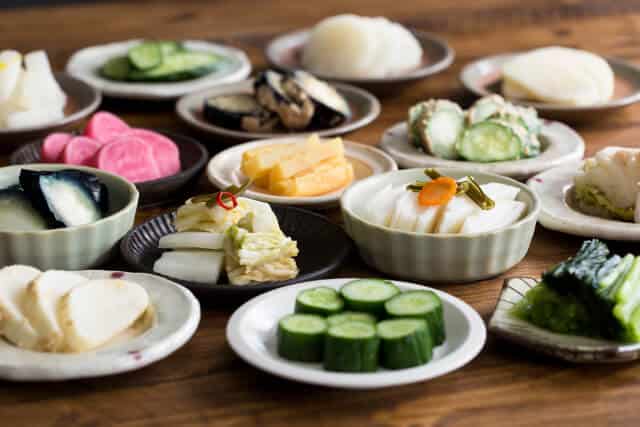
Tsukemono refers to traditional Japanese pickles made from various vegetables and fruits. The term “tsukemono” translates to “pickled things,” and these pickles are created through multiple preservation methods, including salting, brining, and fermenting. Some common vegetables used for tsukemono include cucumbers, daikon radishes, and eggplants. Hence, tsukemono provides a range of flavors (salty, sweet, sour, and umami) and textures (crisp, crunchy, and tender) that complement and balance the main dishes in a meal. Furthermore, they also act as a palate cleanser, enhancing the dining experience.
Why Pickle and What is the History behind it?
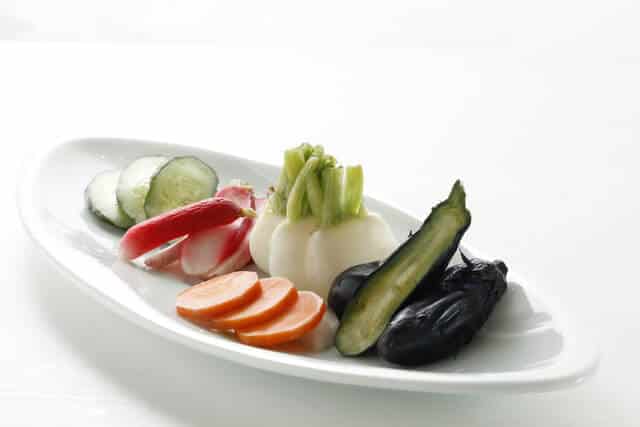
Before refrigeration, people in Japan used sea salt to preserve meat, fish, and vegetables. Over time, they developed methods like brining, fermentation, and using molds, which made pickled foods, known as tsukemono, common in households. During harvest seasons, there would often be an abundance of vegetables that could not be consumed immediately. Pickling was an effective way to utilize the surplus and prevent waste. As trade increased and more vegetables became available in Japan, the demand for pickled foods grew. By the early 1900s, tsukemono had become a major commercial industry and were a staple in wartime rations due to their long shelf life.
Methods for Pickling Tsukemono
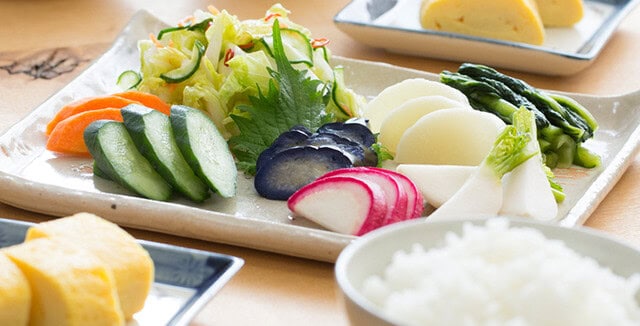
Shiozuke (Salt)
Shiozuke involves using salt brines for preservation. Typically, six tablespoons of salt are combined with every four cups of water to ensure thorough pickling. This method creates a robust, salty flavor used for pickling cucumbers, daikon radishes, and cabbage. Heavily salted pickles, on the other hand, are more involved in prepare and have strong, complex flavors. Among these are red pickled Japanese plums (umeboshi), which are often used to flavor rice balls (onigiri).
Asazuke
Asazuke, which also involves salt pickling, uses less salt and a shorter pickling time, resulting in a milder taste and crunchier texture. This method is ideal for those who prefer a fresher, lighter pickle used for quick pickling of cucumbers and other vegetables.
Nukazuke (Rice bran)
Nukazuke is fermented in a rice bran mixture called nukadoko, which resembles wet sand and often includes kombu (kelp), ginger, or salt. Vegetables are fermented for up to several months to develop a deep, sour taste. This method is known for its unique flavor and probiotic benefits, making it a traditional and healthy choice.
Kasuzuke (Sake lees)
Kasuzuke is made from sake kasu (sake lees), the paste leftover from making sake. It is slightly alcoholic, allowing vegetables to pickle for up to multiple years. Kasuzuke can host a variety of flavors, from sweet to sour, depending on the ingredients used and the fermentation time.
Shoyuzuke (Soya Sauce)
Shoyuzuke involves pickling vegetables in shoyu (soy sauce). It usually takes up to one week to develop a strong flavor. This method imparts a rich, umami taste to the vegetables, making it a popular choice for adding depth to meals. Note that shoyuzuke is a different preservation method than tsukudani, which are foods preserved by cooking in soya sauce and sweet cooking wine (mirin).
Suzuke (Vinegar)
Suzuke is pickled using vinegar, resulting in a final product that is usually sweet and crisp. This method is straightforward and quick, producing pickles that are both tangy and refreshing, perfect as a side dish or garnish. However, rice vinegar has a low acidity and suzuke pickles will not keep long unrefrigerated.
Misozuke (Miso)
Misozuke allows vegetables to be fermented in miso for up to several months. So the resulting pickle is extremely pungent and has a strong miso taste. This method not only preserves the vegetables but also infuses them with the rich, savory flavor of miso, making them a unique addition to Japanese cuisine.
Different Tsukemono Dishes
Umeboshi (Pickled Plums)
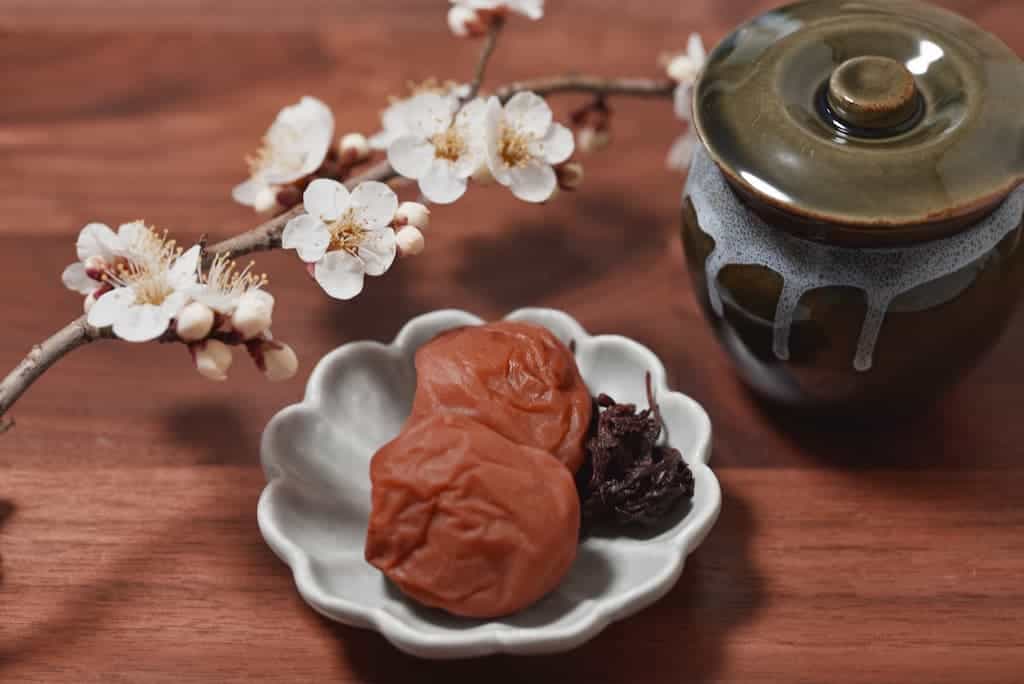
Japanese plums, known as ume (梅), are a cross between an apricot and a plum. To make umeboshi, these plums are pickled in salt, resulting in a wrinkled fruit with a soft outer flesh that is either beige or dark pink if pickled with purple shiso leaves. Their interior is extremely sour and so, making them a perfect pairing with bland foods like rice or rice balls (onigiri). Additionally, you should not eat the center that contains a pit.
Takuan
Takuan is made from pickled Japanese radish called daikon. These sweet, crunchy radish slices are commonly found in bento boxes or served as side dishes. They are often bright yellow, a result of pickling with dried gardenia fruit or dye. Thus, the pickling process uses salt and sugar to give takuan a sweet and sour flavor.
Iburigakko
Similar to takuan, iburigakko is also made from daikon but is both pickled and smoked, producing a smoky-tasting brown pickle. Originating from Akita Prefecture, this method was a common winter tradition when large central hearths were used to warm homes and cook. Fresh daikon was hung over the fire to slowly dry, allowing the smoke to infuse a smoky flavor into the takuan. Hence, Iburigakko is typically sliced thin and served over white rice or topped with cream cheese.
Gari
Gari is thinly sliced pickled ginger that is sweet yet spicy, typically served alongside sushi. It is either light yellow or bright pink and is used to cleanse the palate between sushi pieces, enhancing the overall dining experience.
Beni Shōga
Beni shōga consists of thin strips of ginger marinated in umezu, the pickling solution used to make umeboshi. With a sour and spicy taste, this tsukemono is usually paired with dishes like gyudon (beef bowl), okonomiyaki (savory pancake), and Japanese curry.
Senmaizuke
Senmaizuke, meaning “thousand-layer pickle,” is a specialty from the Kyoto region. It is made from thinly sliced turnips marinated in sweet vinegar, kombu (kelp), and chili. This pickling method creates a delicately flavored pickle that is both sweet and tangy, making it a popular choice in traditional Kyoto cuisine.
Benefits of Pickling
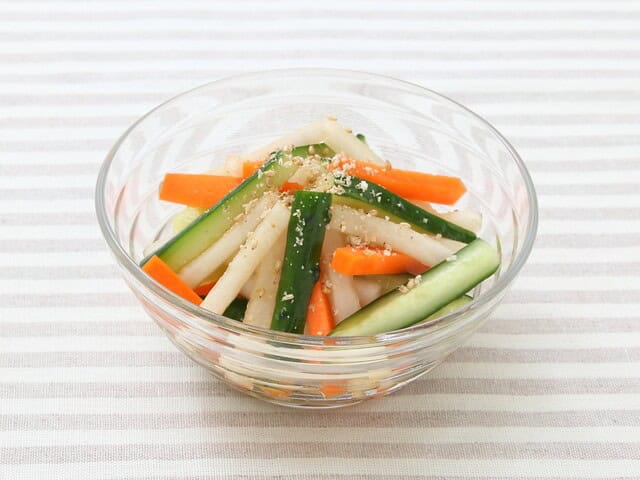
In recent years, functional ingredients in foods, which are useful for maintaining good health with helping to keep biological regulation, have attracted public attention. In addition to the dietary fiber, tsukemono contains functional ingredients for health such as vitamins, potassium, and minerals. Hakko-tsukemono (fermented pickles), such as sugukizuke (pickled suguki) and shibazuke (pickled chopped vegetables), which are made through the lactic acid fermentation process.
Role of Pickling in Japanese Cuisine
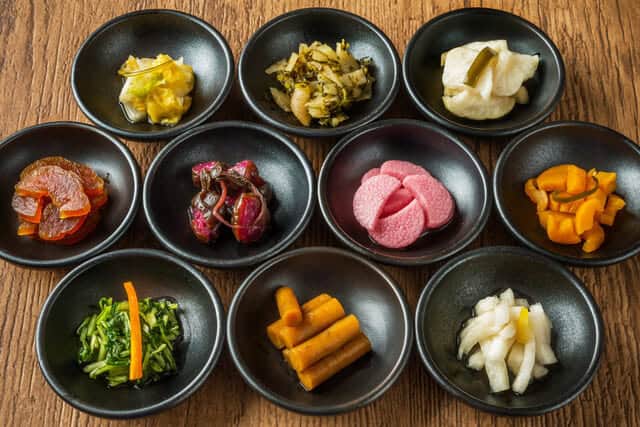
Pickling plays a crucial role in maintaining the authenticity of Japanese cuisine by preserving traditional flavors, techniques, and ingredients. Tsukemono, or Japanese pickles, are deeply rooted in cultural practices and are often associated with traditional meals, tea ceremonies, and festivals. They showcase the unique regional diversity of Japan, with different areas having their distinctive pickling methods and ingredients. By allowing seasonal vegetables to be enjoyed year-round, pickling upholds the Japanese culinary emphasis on seasonal eating. This practice not only preserves the essence of Japanese culinary heritage but also contributes to the visual and nutritional richness of authentic Japanese dishes.
A Guide to Trying Pickles at Home!
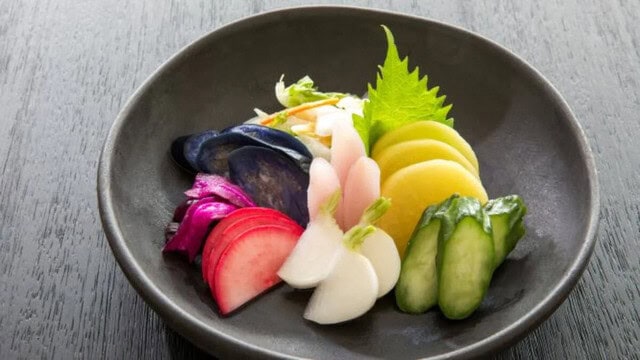
Intrigued by the tangy world of Tsukemono and eager to try your hand at pickling at home? You’re in luck! Tsukemono, while steeped in tradition, offers a surprisingly accessible gateway into the art of fermentation. With a little planning and the right resources, you can transform fresh vegetables into flavorful accompaniments for your meals.
Bonus Section: For those curious to create their own Tsukemono experience, we recommend some resources and articles about pickle dishes in Japan that can guide you below!
Links where you can find various Tsukemono recipes:






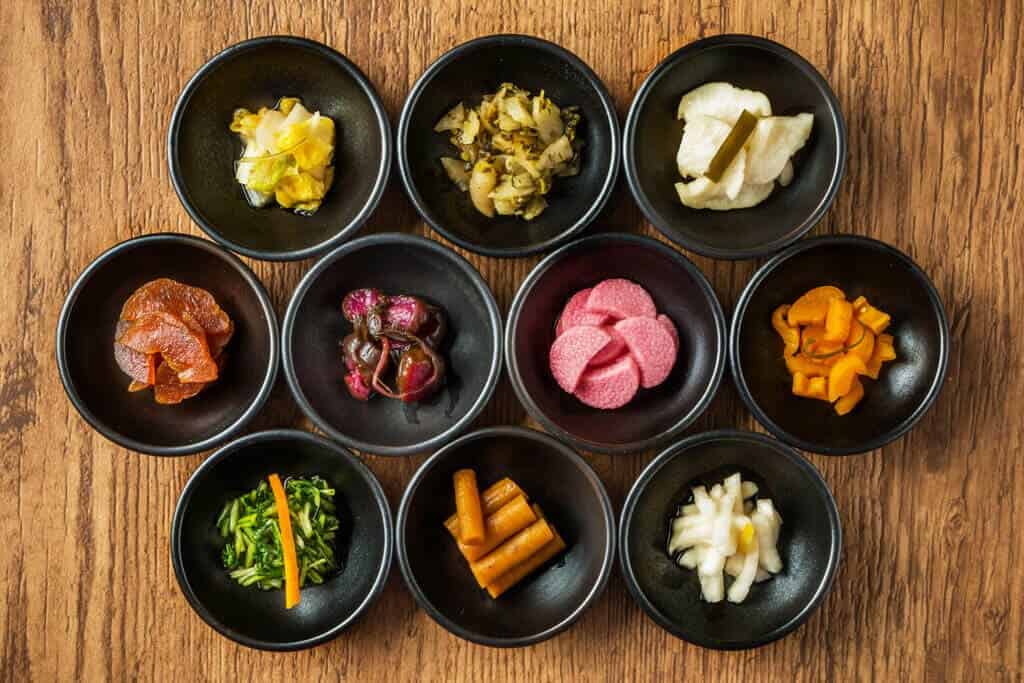
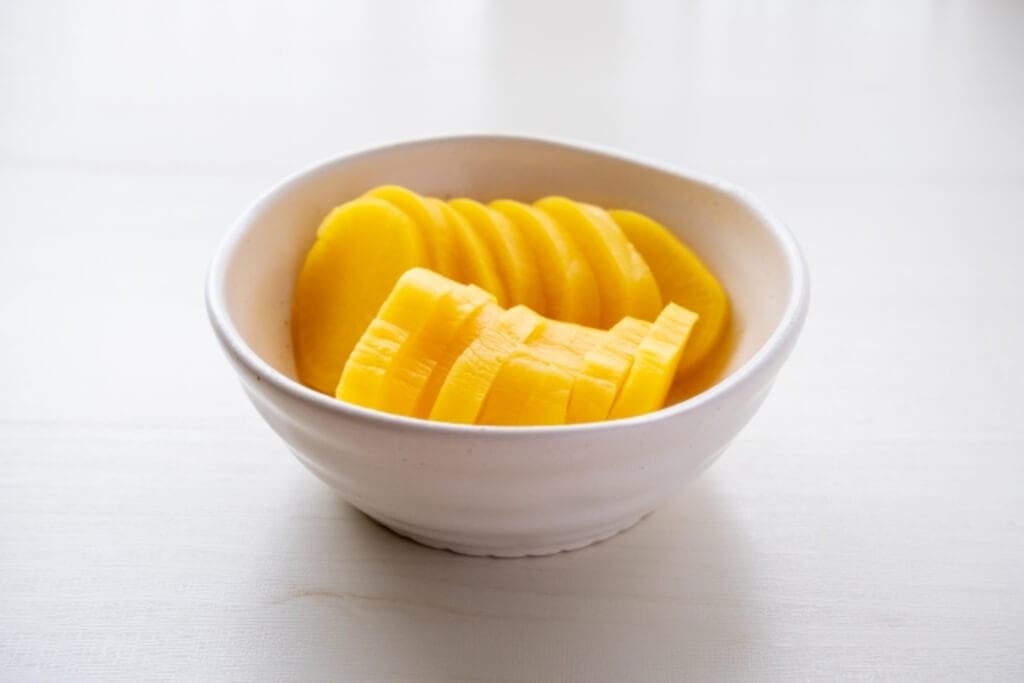
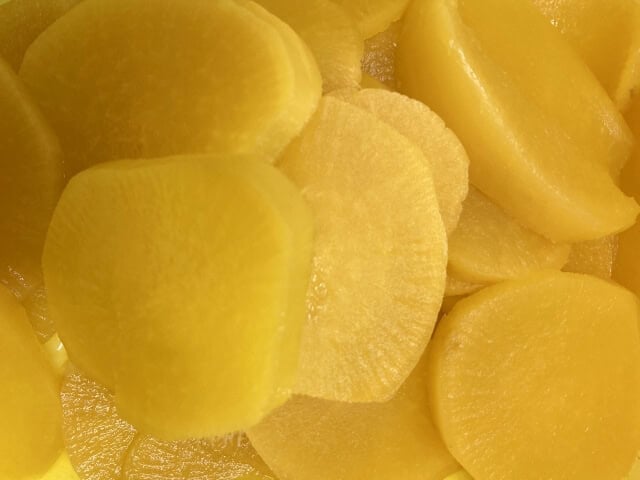
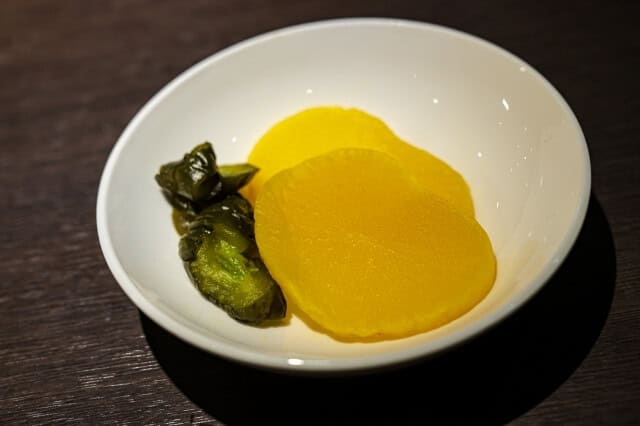
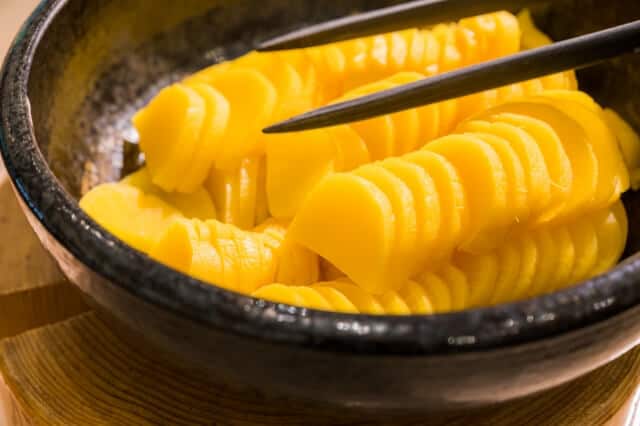
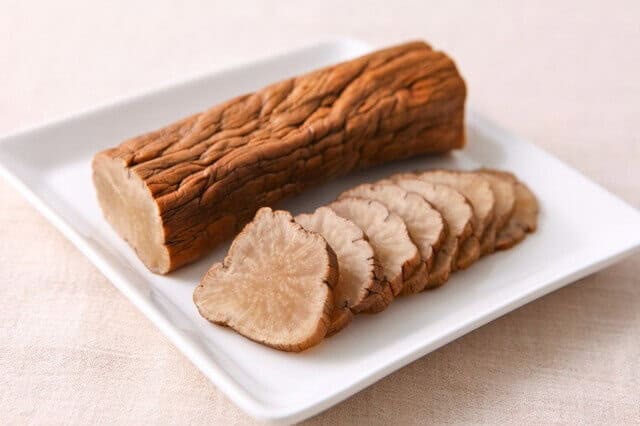
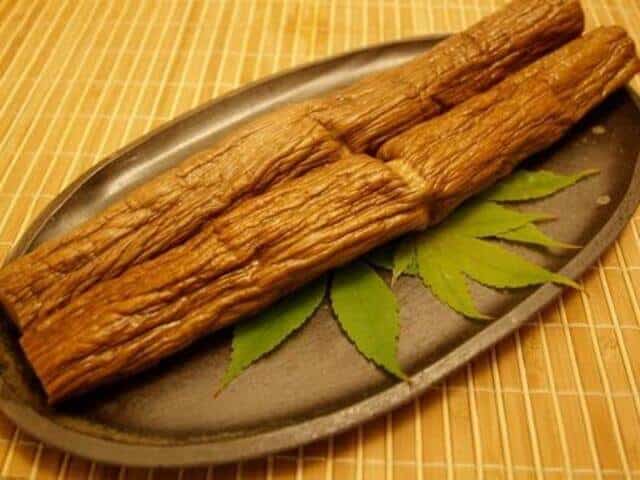
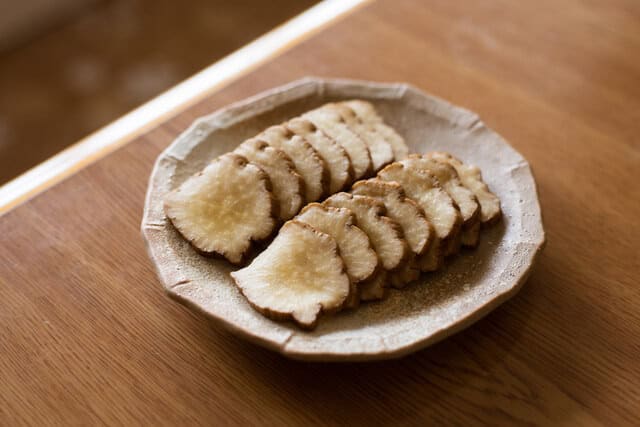
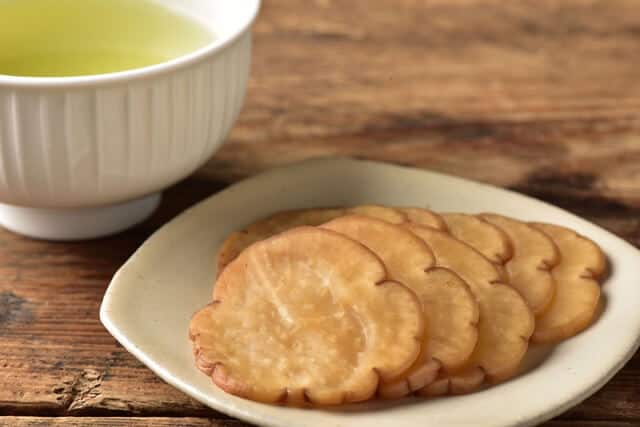
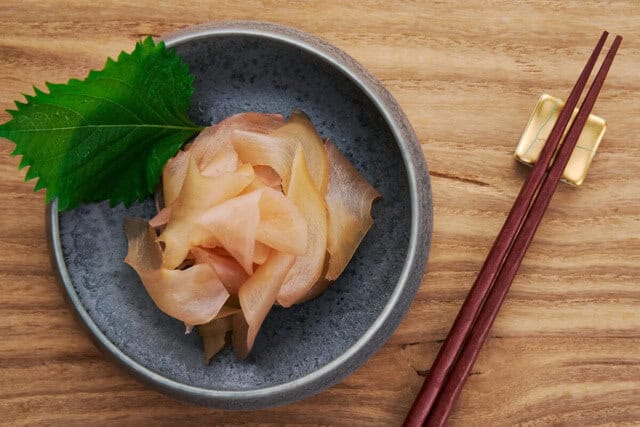
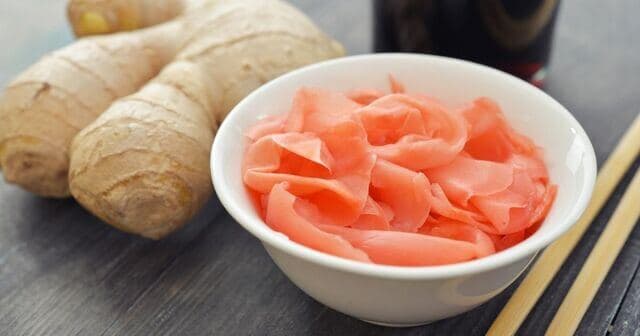
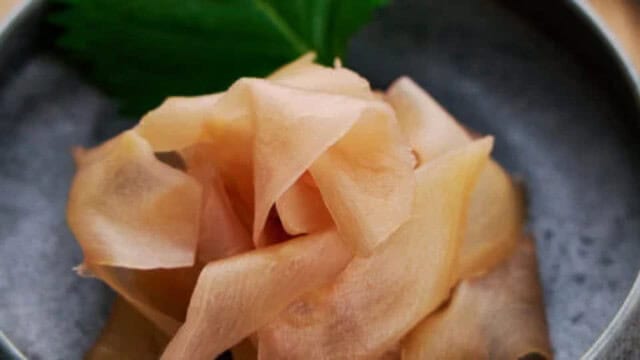
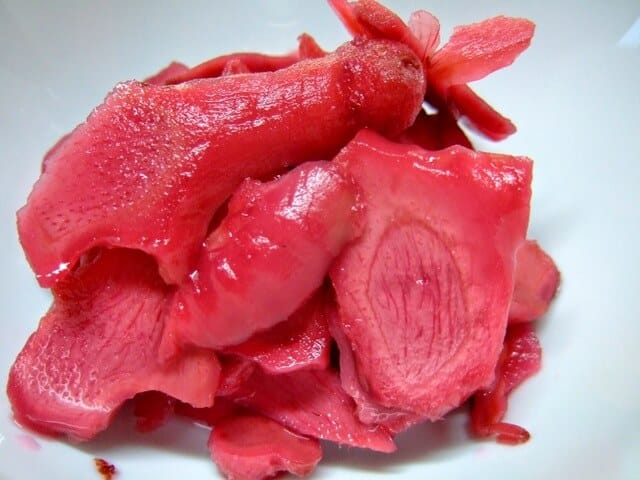
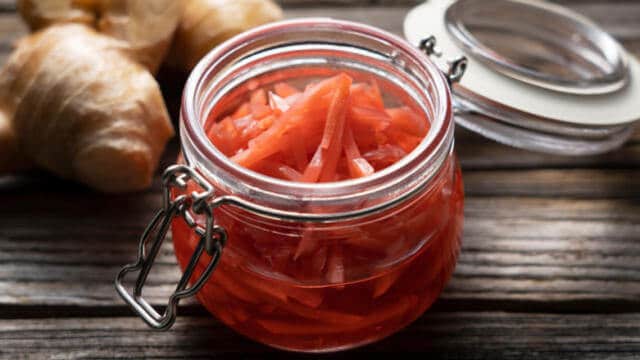
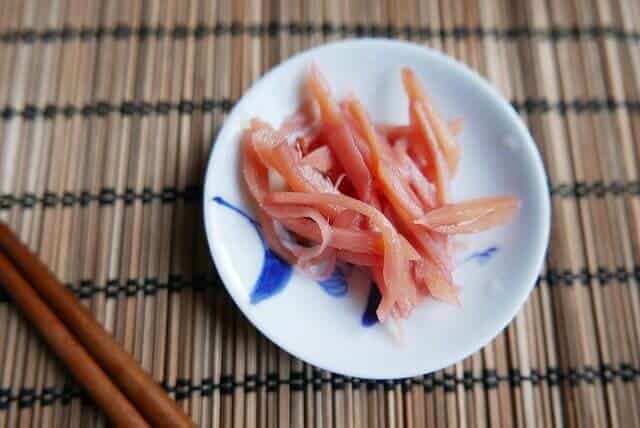
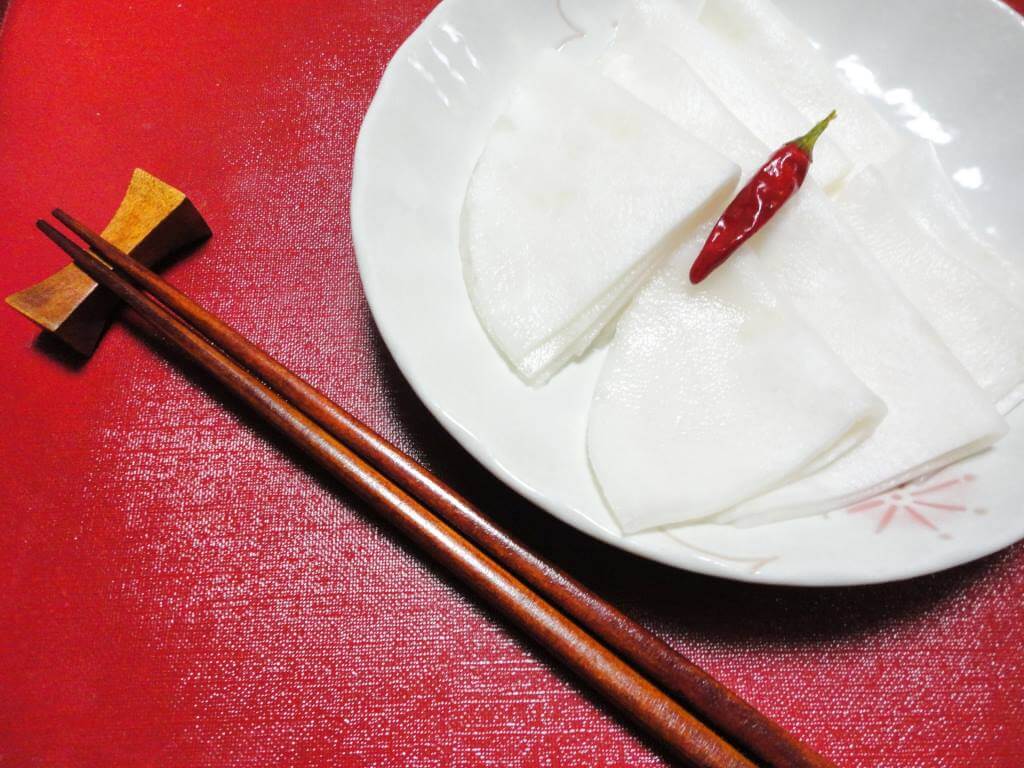
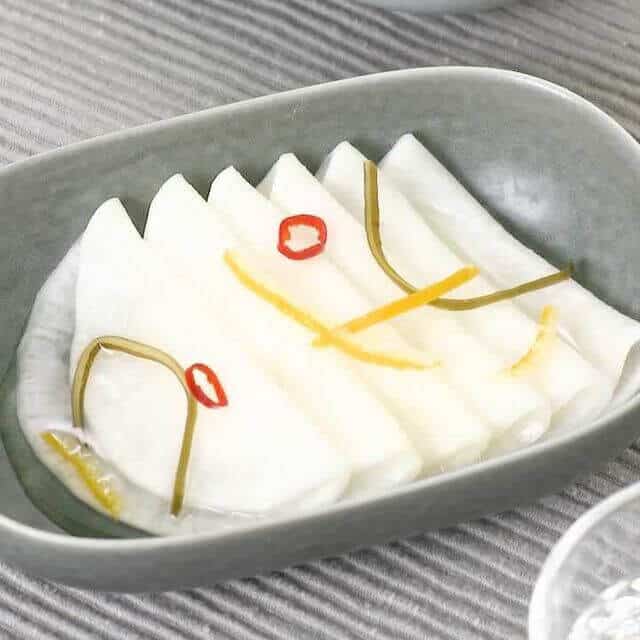
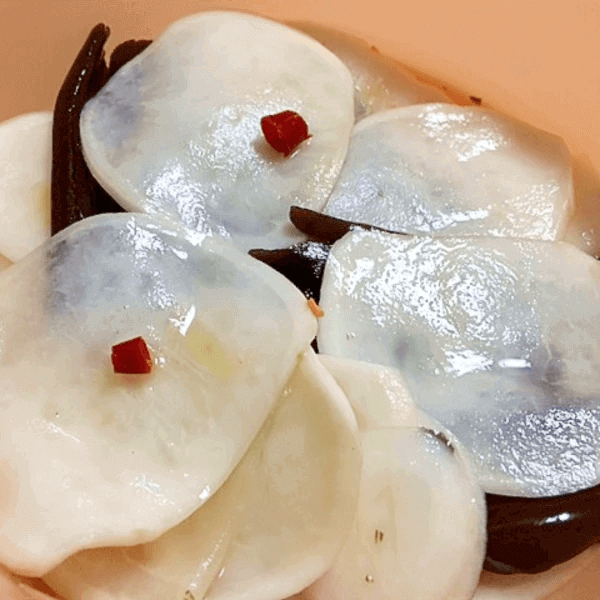
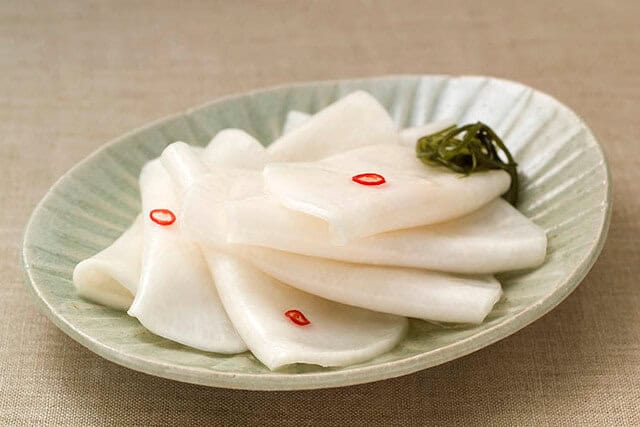
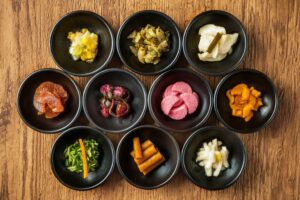
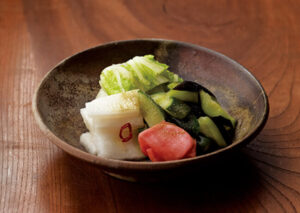
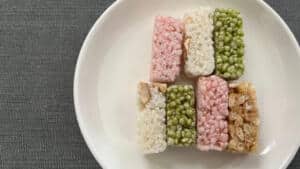
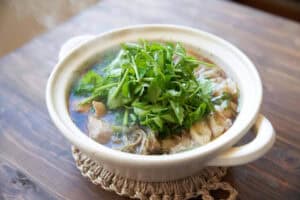
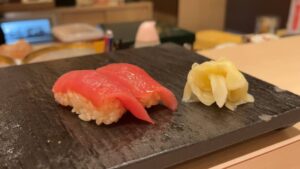

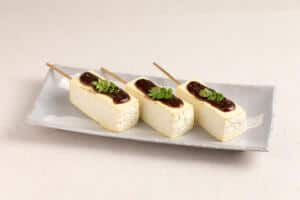
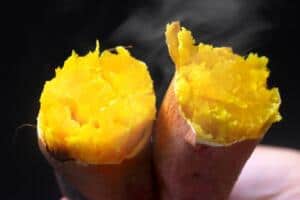
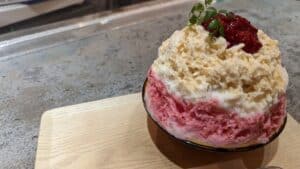
Comments